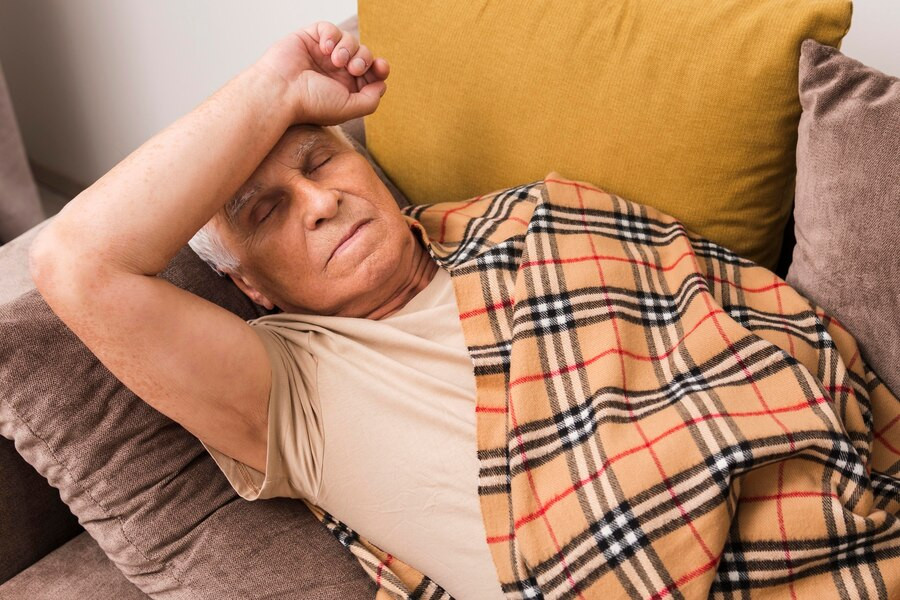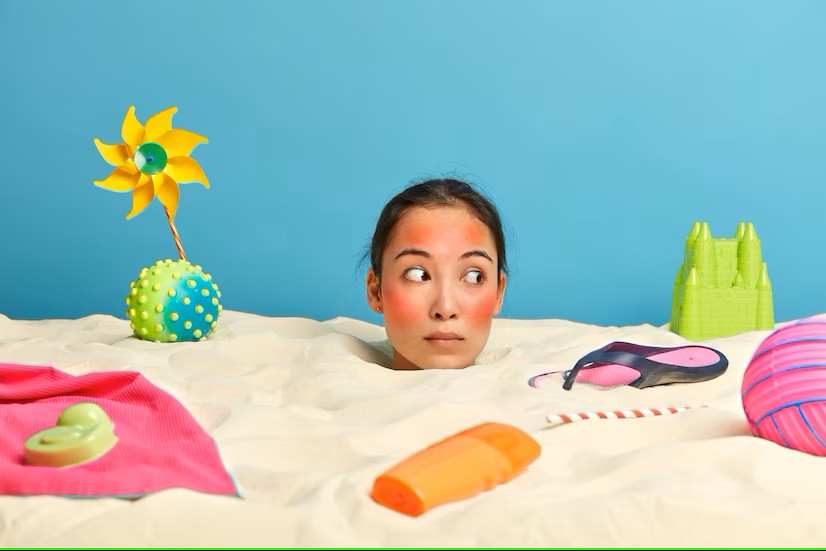Accidents involving hot water, such as spills of boiling water or steam burns, can result in serious burns. Quick and proper treatment is crucial to minimize skin damage and speed up healing.
Many people make mistakes in first aid when dealing with hot water burns, such as applying flour, toothpaste, butter, or other substances. These remedies can actually worsen the condition.
Identifying hot water burns
Burns from hot water are usually classified as first- or second-degree burns, depending on their severity. Here’s how to differentiate between them:
First-degree burns
- Redness
- Mild pain
- Dry or peeling skin
- Slight swelling, without blisters
Second-degree burns
- Redness
- Swelling
- Intense pain
- Blisters
- Wet or bubbling skin
How to treat burns from hot water
Providing proper first aid is essential when dealing with hot water burns. Remember to remain calm, as panic can negatively impact your ability to treat the burn properly.
Here are some recommended steps to help:
- Move away from the source of heat: Immediately distance yourself from the source of heat to prevent further exposure.
- Cool the burn: Rinse the affected area with cool running water for at least 10-20 minutes. This helps to alleviate pain and limit skin damage.
- Avoid harmful substances: Do not apply butter, flour, toothpaste, or other substances that could worsen the burn or cause infection.
- Cover the burn: After cooling the area, cover the burn with a sterile bandage. Avoid using fluffy or non-sterile cloths, as they may cause infection.
Following a burn injury, several things need to be done and considered including:
- Stay hydrated: Drink plenty of fluids, especially if the burn is extensive, to help your body stay hydrated.
- Do not burst blisters: If blisters form, avoid bursting them. Blisters protect the new skin and prevent infection. They will naturally deflate over time.
- Pain relief: For significant pain, you may take over-the-counter pain relievers like acetaminophen or ibuprofen, which can also reduce inflammation.
- Seek immediate medical attention: Burns that are extensive or occur on sensitive areas such as the face, hands, feet, or genitals require prompt medical care. If you have second- or third-degree burns (skin appears white or blackened), seek emergency medical help immediately.
- Watch for infection signs: Look out for signs of infection, including worsening redness, swelling, pus, or fever. If you notice these symptoms, consult a doctor right away.
If you have questions about first aid for burns, you can make use of the consultation features that are available in the Ai Care application by downloading the Ai Care application from the App Store or Play Store.
Looking for more information about other diseases? Click here!
- dr Nadia Opmalina
NHS Inform (2024). Burns and scalds. Available from: https://www.nhsinform.scot/illnesses-and-conditions/injuries/skin-injuries/burns-and-scalds/
Zawn Villines (2023). What to do for boiling water burns. Available from: https://www.medicalnewstoday.com/articles/326405
Health Direct (2023). Burns and scalds. Available from: https://www.healthdirect.gov.au/burns-and-scalds
John Hopkins Medicine. Burns and Wounds. Available from: https://www.hopkinsmedicine.org/health/conditions-and-diseases/burns
American Academy of Dermatology Association. How to Treat a First-Degree, Minor Burn. Available from: https://www.aad.org/public/everyday-care/injured-skin/burns/treat-minor-burns












